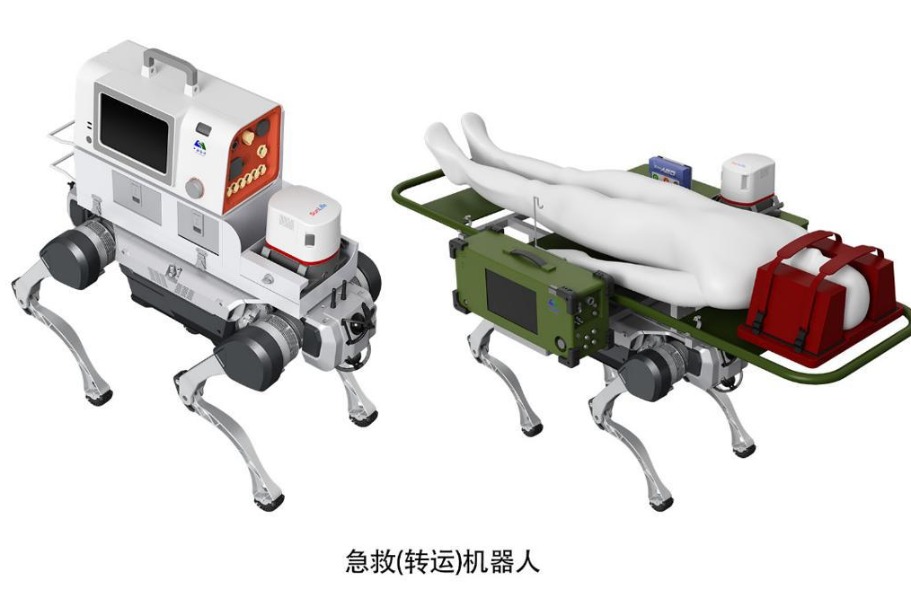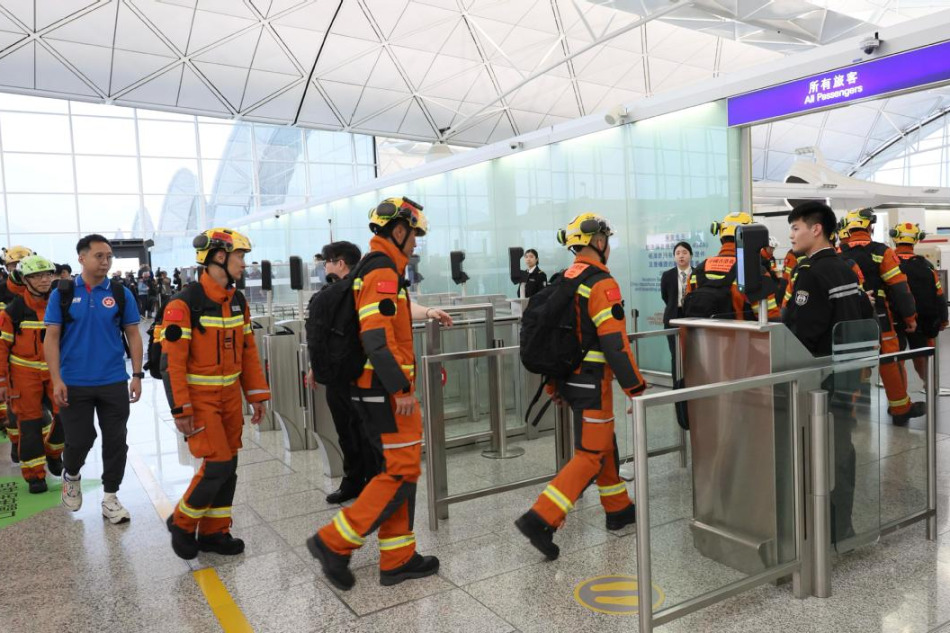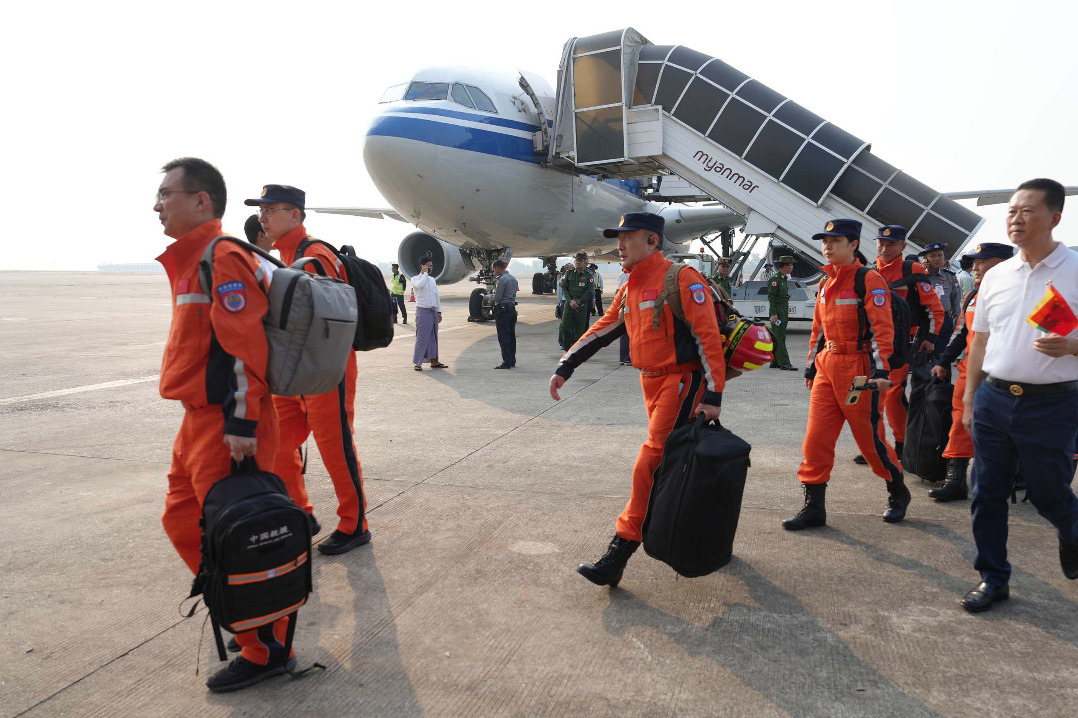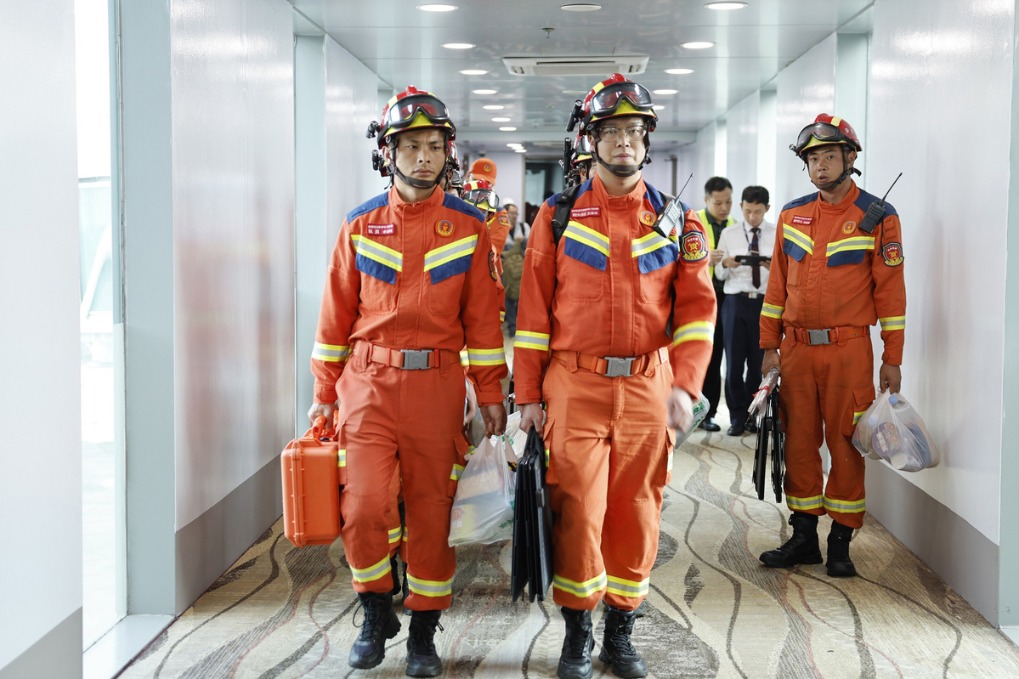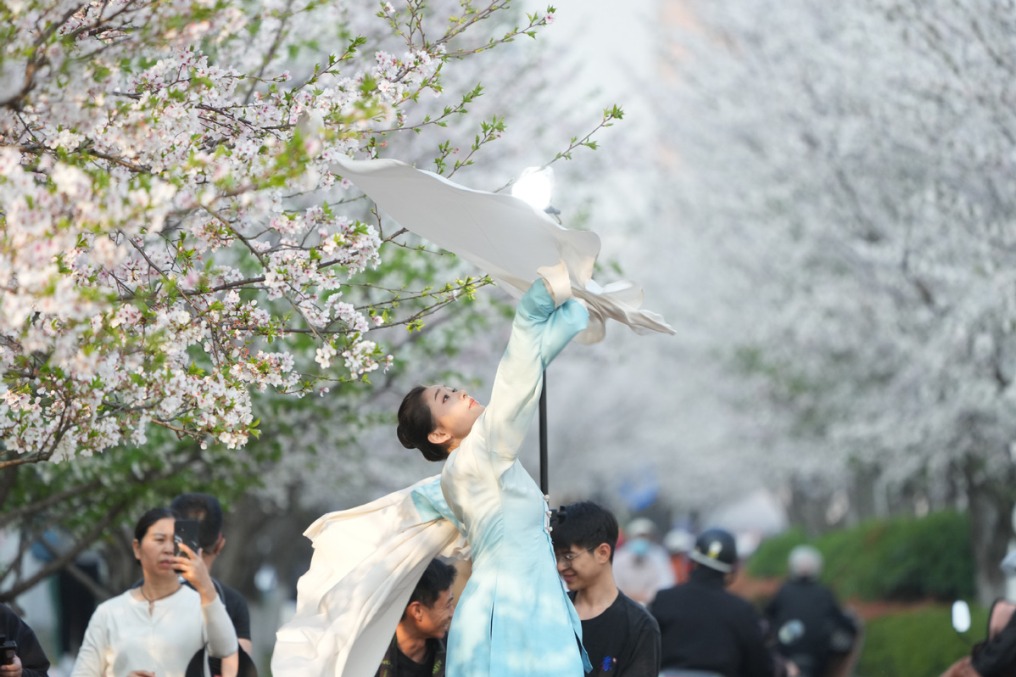Lights, camera, takeoff!

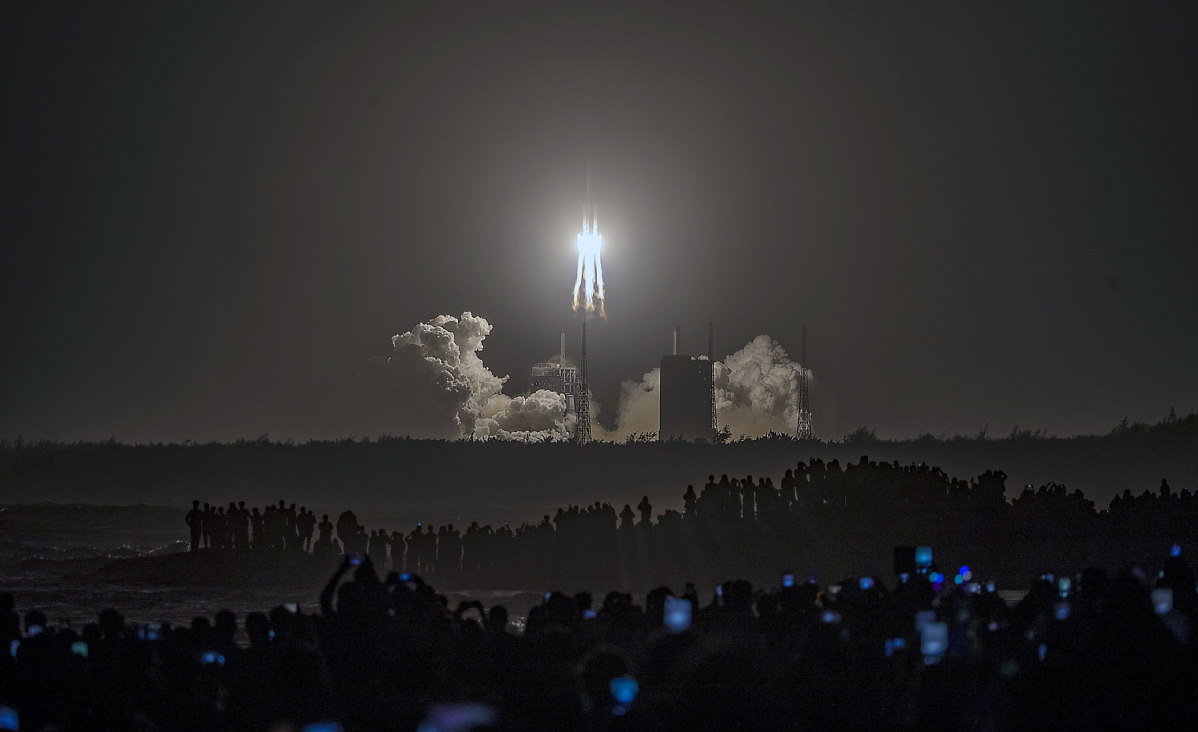
She was also invited by the carmaker, but she couldn't make such a long-distance trip then because she was pregnant.
"I saw their pictures (of the launch). They were magnificent. I was determined to watch and shoot the next Long March 5 mission in person," Zhang recalls.
"(Also), starting last year, the novel coronavirus began to plague the world, so I could no longer make trips outside China to photograph stars and animals. So, I could pay more attention to the idea of photographing Chinese space programs and make detailed plans to do it."
She says many astrophotographers and other photography enthusiasts in China have been stranded by the global spread of COVID-19 since the beginning of last year and can't travel abroad like before. So, many have turned to "attractive" subjects at home, especially launch missions.
"In March, I got a call from my friend Wang Hao. He asked whether I was interested in joining him to take pictures of China's first Mars mission-Tianwen 1-that was scheduled to launch at the Wenchang center in the summer. He said he'd found 'the best photographing post' at Gloria Longda."
Without hesitation, Zhang replied: "Sure. Let's do it."
Four months later, the woman invited some friends to come along to Wenchang to witness the launch of the Tianwen 1 Mars probe.
They stayed at Gloria Longda, eagerly awaiting July 23, the date set for Tianwen 1's flight.
"The best photographing spot, as Wang told me, is the hotel's rooftop. The owner would open its door about three hours before each launch, so we'd need to wait outside the door on the morning of July 23 to make sure we could occupy a good place," Zhang says.
"There were about 30 amateur and professional photographers, and everyone wanted to get a good place, so we needed to move faster than others."
It was a scorching morning in the hottest season in Hainan.
Zhang and her fellow photographers were drenched in sweat under the blazing sun. But the dehydrating wait soon proved to be worth it-as the countdown reached zero at 12:41 pm, 10 engines at the bottom of a Long March 5, the largest model in China's rocket fleet, roared to life to blast the 20-story-tall machine into the blue sky.
"That was our first time to see a big rocket ignite and blast off. All of my friends and I were in awe. We were very happy and excited with that beautiful, unforgettable scene. Everyone was exclaiming things like 'Oh my God!' or 'Amazing!'"
She has shot six launches, including that of the Chang'e 5 robotic probe, the world's first spacecraft to bring lunar materials back to Earth in more than four decades, and the debut flight of the Long March 8 medium-lift rocket.
These missions have led her to travel to all four of China's launch facilities-Wenchang, Jiuquan, Xichang and Taiyuan.
"The most unforgettable scene to me so far is the moment the Long March 5 that carried Chang'e 5 lifted off from its launchpad in Wenchang against the dark sky. Its flame was dazzling and beautiful, and the clouds looked spectacular as the rocket pierced them," she recalls.
- Mobile substations contribute to emission reductions
- Museum Summit speakers find wellness to nurture sustainable future
- Serf Liberation Day celebrated in Xizang
- China unveils suite of self-developed intelligent medical rescue equipment
- Forum on poverty governance, global development kicks off in Yunnan
- 4.4-magnitude quake shakes Qujing, Yunnan

















